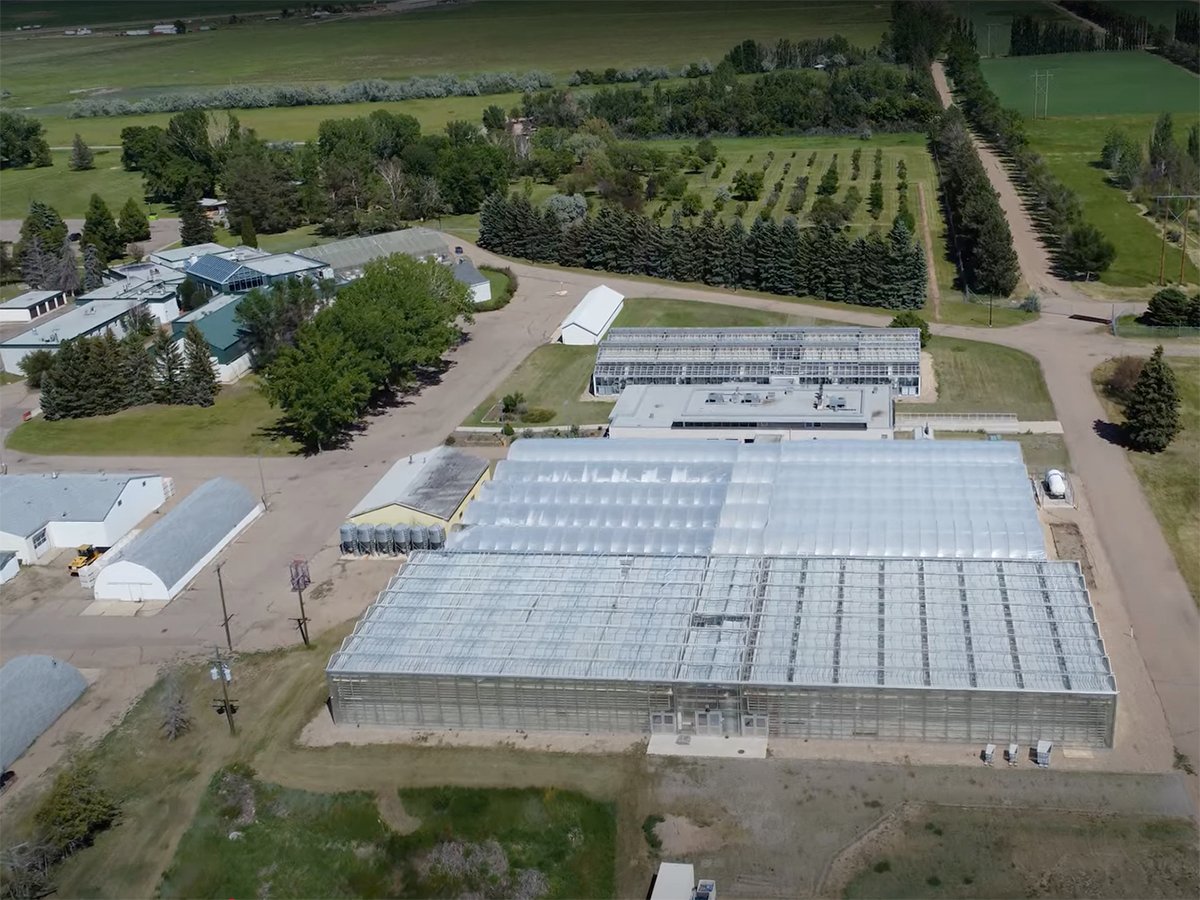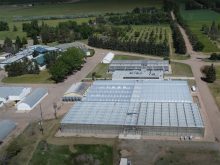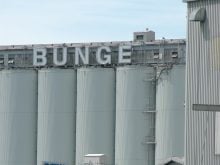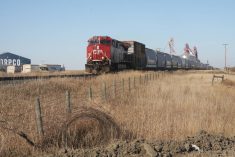A province that spearheaded the grain co-op movement and medicare is launching a climate change plan that it believes will become the model to emulate.
“We will be a country mile ahead of all the jurisdictions in Canada and I believe North America,” said premier Lorne Calvert in announcing the province’s green strategy last week.
The Saskatchewan Energy and Climate Change Plan calls for a 32 percent reduction in greenhouse gas emissions by 2020, and 80 percent by 2050. Calvert called it the most important policy initiative his government has undertaken.
Read Also

Alberta crop diversification centres receive funding
$5.2 million of provincial funding pumped into crop diversity research centres
“Nothing short of bold vision and bold action will enable us to meet what I believe is our moral responsibility to our children and grandchildren and our moral responsibility to the planet,” he said.
Saskatchewan Party environment critic Nancy Heppner said those are bold words for a government that didn’t make one reference to the environment in its March 22 budget speech.
“Good for (Calvert) for bringing out a plan now, but I don’t see that it has been a priority in his mandate to date,” she said.
Calvert said the energy sector has greatly contributed to the province’s recent economic prosperity but is also largely responsible for Saskatchewan’s disproportionate 9.1 percent share of Canada’s total greenhouse gas emissions.
In order to shrink its environmental footprint a few sizes, the province is calling for carbon dioxide capture and storage measures in the oil, gas and electricity sectors and for the increased use of renewable energy including wind, solar and biofuel.
Farmers are also being asked to shoulder some of the responsibility. Agriculture contributes an estimated 14 percent of the province’s greenhouse gas, slightly less than the 16 percent emitted by cars and trucks.
Saskatchewan environment minister John Nilson said producers can expect to be rewarded for their efforts. He envisions the province following Great Britain’s lead where producers earn green subsidies instead of farm subsidies.
“I think all of these plans that we’ve announced point in that direction,” he said.
The province has identified two key areas where farmers can help curb emissions.
Producers will be encouraged to sequester more than 25 million tonnes of carbon dioxide in Saskatchewan soils annually by 2012, up from 18.3 million tonnes in 2004. The target increases to 37 million tonnes by 2050.
The province’s plan assumes an emissions credit trading system will be established in Canada, similar to the Chicago Climate Exchange.
The province also intends to achieve a 20 percent reduction in agricultural emissions per animal and per acre of crop by 2030.
That will be accomplished by: investing in feeding technologies that limit methane emissions from cattle, a gas that has 21 times the global warming effect as carbon dioxide; finding economical ways to convert hog manure into environmentally friendly power and limiting the amount of nitrogen fertilizer used in crops.
Garth Patterson, executive director of Saskatchewan Pulse Growers, sees a golden opportunity for his industry because of the nitrogen-fixing ability of pulse crops.
“That is something that fits really well into an environmental strategy.”
The province’s initiatives could help pulses play an expanded role in crop rotations. Patterson can envision peas, lentils, chickpeas and beans eventually accounting for 25 percent of Canada’s crop mix, up from 10 percent today.
But that hinges on developing additional food, feed and bioproduct markets for the crops.
“The worst thing we can do for farmers is encourage more production without having a use for it. We’ve been there,” said Patterson.
Nilson said $48 million has been set aside for climate change initiatives in the 2007-08 budget. Crown corporations will spend an additional $49 million this year. There is $44.4 million in a federal trust fund to support provincial emission reduction targets over the next three years and the province has decided to match that amount.
That is a total of $187.8 million to spend on the province’s green strategy over the next three years.
“My friends, that is just a start because this is not an inexpensive task,” said Nilson.
It will be a financial challenge for a province with three percent of the country’s population to dramatically reduce its 9.1 percent share of Canada’s emissions.
Heppner said it is difficult to measure what kind of economic impact the NDP plan will have on the province without any details on where the $187.8 million will be spent.















